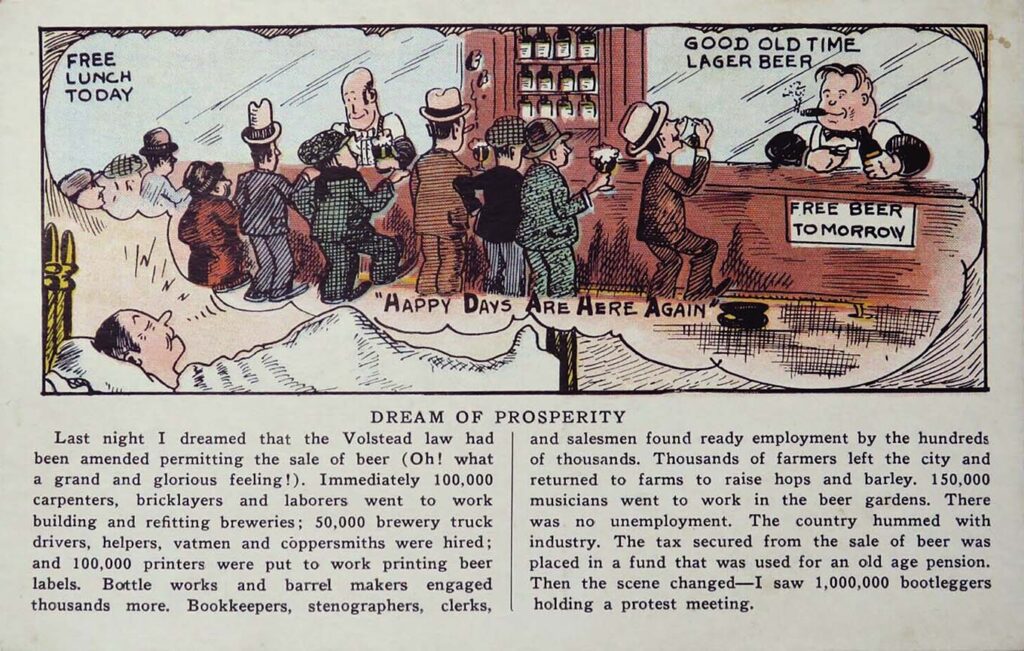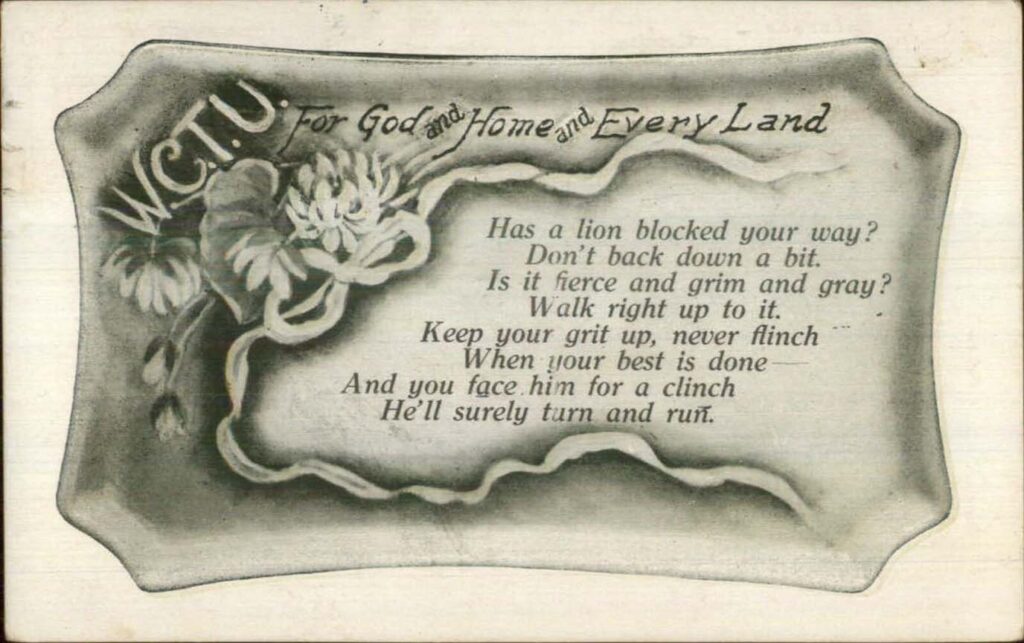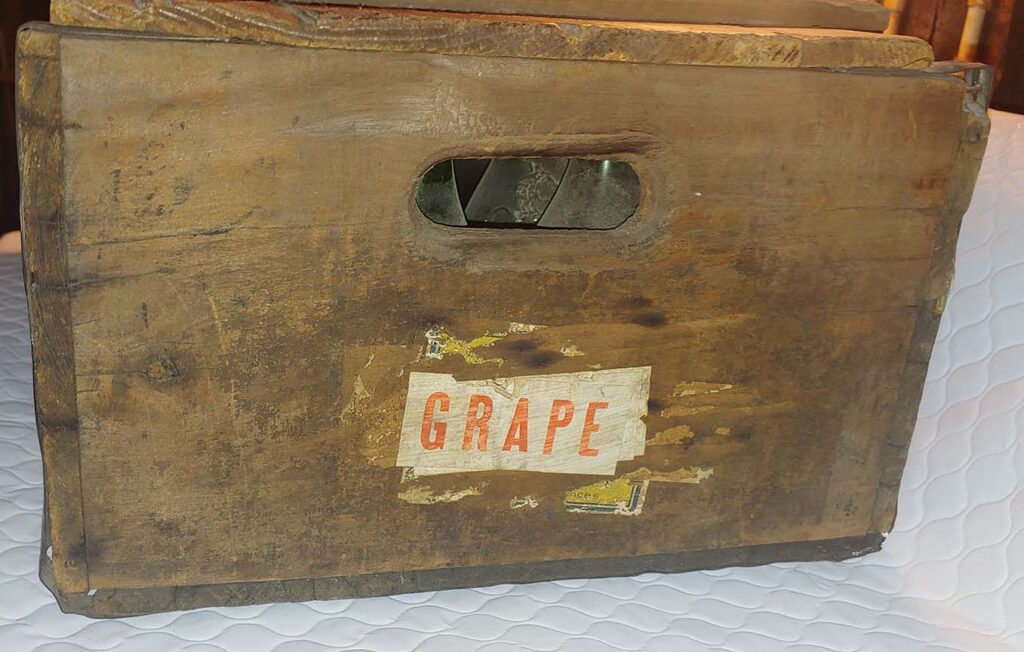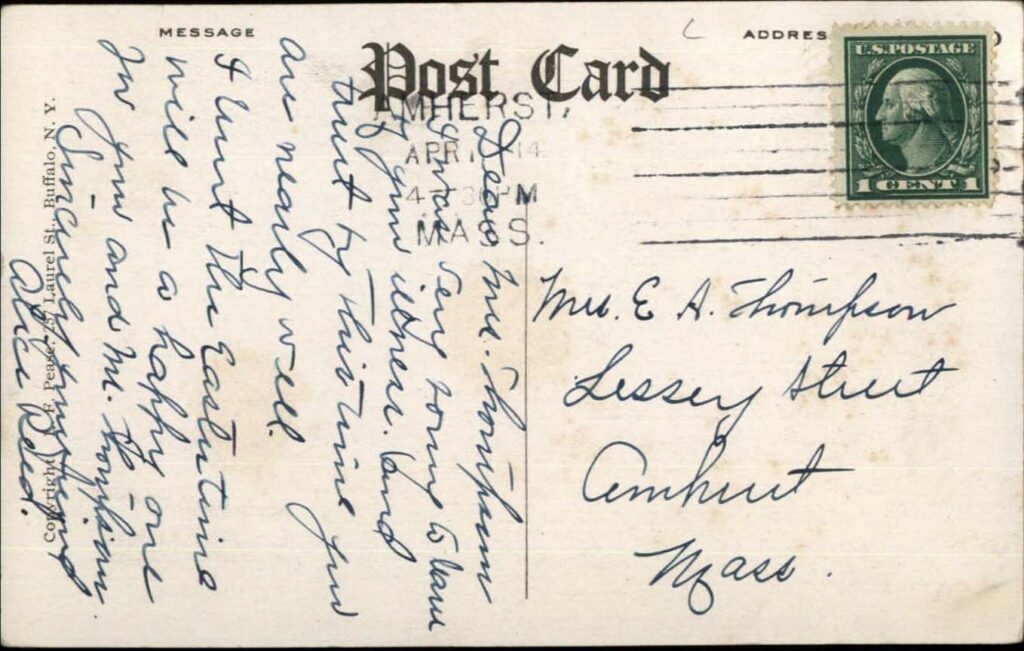
Michael Bushnell
Publisher
Mention the word prohibition to a room full of brewers and distillers and you’ll likely be met with an angry mob complete with pitchforks and torches. But prohibition was the law of the land from 1919 until the early years of the Great Depression in 1933.
Groups like the Women’s Christian Temperance Movement (WCTU) had been pushing for prohibition on a national level since the middle 1800’s. Kansas, as you might imagine, was literally Ground Zero in terms of how the national movement rolled out because it was the home of the original saloon crasher, Carry Nation. Just across the border, in downtown Kansas City, Kan., the WCTU operated the Carry A. Nation home where the 1934 national convention for the WCTU was held.

The home was occupied by women who took a vow of sobriety and lived by a set of 16 hard and fast rules, including the prohibition of “intoxicating drinks, strong stimulates and opiates except by the order of a competent physician.”
Nation, who is buried in Belton, Mo., during her glory days of trashing drinking establishments, led temperance marches throughout the Midwest, often marching into bars with a throng of hymn-singing women behind her as she broke fixtures and smashed liquor bottles on the floor. In April of 1901, she was arrested in Kansas City, a town long known for its wide open reputation, for making her way along a string of bars on 12th Street and leaving a trail of destruction behind her. She was jailed and fined $500. The judge suspended the fine in return for Nation’s promise to never return to Kansas City. Nation died in 1911 at the age of 64 after making a speech in Eureka Springs, Ark.
On October 28, 1919, America officially went dry upon passage of the 18th Amendment. The Volstead Act intended to prohibit intoxicating beverages such as liquor, beer and alcohol; regulate the manufacture, production, use, and sale of high-proof spirits for other than beverage purposes; and ensure an ample supply of alcohol and promote its use in scientific research and in the development of fuel, dye, and other lawful industries.
In Kansas City, prohibition directly and negatively impacted every brewer, distiller, tavern owner or seller of beer, wine and liquor. Breweries, such as Heim, simply shut their doors, unable to make such a hard business pivot in such a short time. The Heim buildings were sold to a cold storage and warehousing operation and the brewery officially shuttered its operation.

Other brewers such as Stroh’s, Pabst and Goetz all switched to making near beer, a non-alcoholic beverage with less than half of 1% alcohol content. The George Muehlebach Brewing Company produced Mulo, a sweet, strawberry or grape flavored drink. Goetz produced Gozo, a near beer that was easy to “needle.” Gozo tasted almost exactly like beer and the Goetz brewers deliberately left extra space at the neck of the bottle to accommodate a “needle,” that being an ounce of alcohol that could easily be mixed with the near beer to provide a beverage with roughly 8% alcohol content. Mixing was done by “thumbing” the bottle and shaking it vigorously.

As prohibition progressed, underworld groups such as the mob and political bosses such as Tom Pendergast got into the liquor and beer business, operating speakeasies and providing bootleg liquor and beer to their political pals and those running underground drinking operations. Here in Northeast, there are several homes that still stand today that had speakeasies in the basement, one of those being the former home of Tano Lococo, a low-level Kansas City outfit figure with ties to the Union Station Massacre.

In Spring of 1933, however, America had grown tired of what was dubbed a “noble experiment.” With the passage of the Cullen-Harrison Bill of 1933 that defined officially what a non-intoxicating beverage was, Prohibition officially came to an end. On April 7, 1933, a man showed up at the White House gate with two cases of Anheuser-Busch beer with a handwritten note that said, “Here’s to you, President Roosevelt.”


















